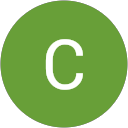Professional Acne Treatments in Northern California
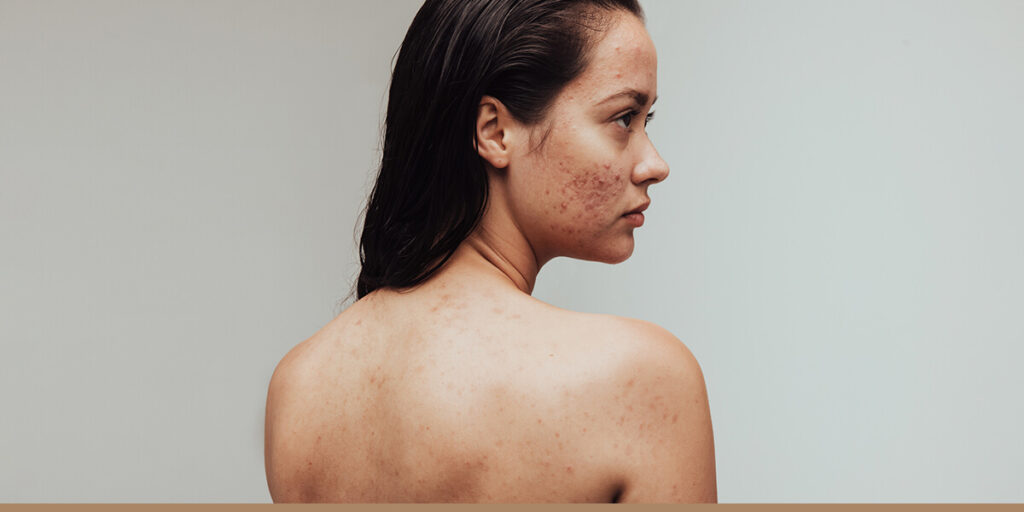
Blackheads, whiteheads and pimples are all examples of acne, a common skin problem that affects people of various ages. While acne can sometimes be treated and managed with over-the-counter products, more severe cases often require treatment from a dermatologist. The Berman Skin Institute offers multiple acne treatment options.
Book a Consultation for Acne Treatments:
Step 1, Select a clinic location from field below, or call us at 1.888.411.3376 (DERM)
What Acne Treatment Options Are Available?
People with mild cases of acne may see improvement in their skin with at-home treatments, such as using a product with benzoyl peroxide or salicylic acid.
A more severe case of acne, or acne that doesn’t respond to at-home treatments, often requires treatment from a dermatologist. Berman Skin Institute offers several acne treatment options overseen by our dermatologists:
What Our Clients Have to Say
I went here for a 1-off skin concern a year ago. The front desk scheduled a follow-up appointment without my knowledge for a year later. I missed their reminder call the day before the appointment (they called at 8 am and it went to voicemail). By the time I listened to their voicemails 2 days later I found out I would be charged $150 for missing the appointment.
Frequently Asked Questions about Acne
Pimples and other types of acne form when the pores or hair follicles on the skin become clogged. Several factors can contribute to acne:
- Excess oil production
- Bacteria on the skin
- Dead skin cells
- Inflammation
Hormone fluctuations can often trigger acne — particularly testosterone, an androgen hormone.
The hormonal changes associated with puberty and adolescence often trigger acne breakouts, which is why many people associate pimples with teenagers.
However, adults can get acne, too, even decades past their adolescence. While teenage acne is more common in males, adult acne is more common in women. Women who get acne are likely to notice breakouts during their menstrual cycles or while pregnant.
Certain triggers can make breakouts more likely, such as some types of medications or using lotions or beauty products that clog pores. High humidity and environmental pollution can also trigger acne.
Many people think their acne will clear up after adolescence, only to discover it continues into adulthood. Others may have never broken out as teenagers but find themselves with acne as adults.
Adult acne is caused by the same factors that cause acne in adolescence:
- Inflammation
- Bacteria
- Clogged pores
- Excess oil production
In adults, acne can also be exacerbated by several factors, such as:
- Hormone fluctuations — particularly around the menstrual cycle or during pregnancy
- High stress levels
- Skin and hair care products
- Medications — including hormonal birth control, corticosteroids and lithium
Acne can also be a sign of an underlying medical condition in adults, such as polycystic ovarian syndrome.
Acne Treatments Before & After Gallery
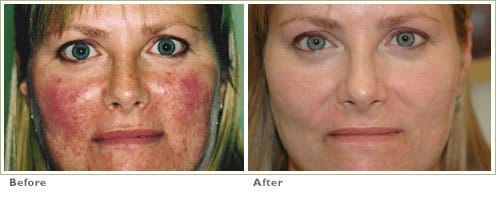
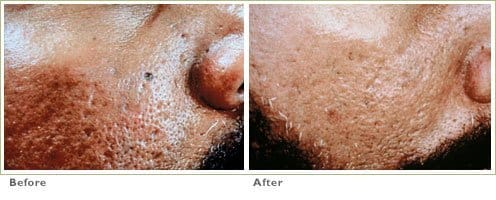
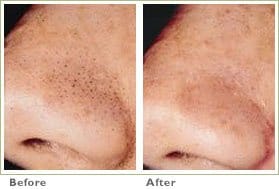
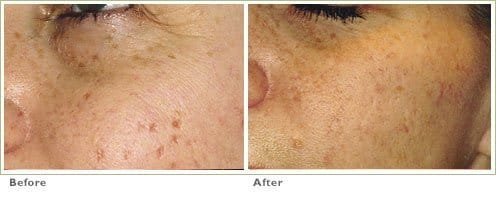
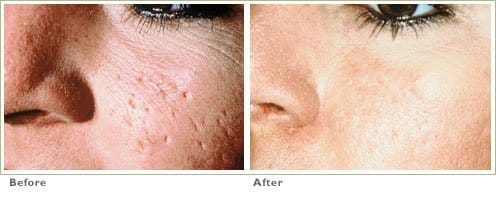
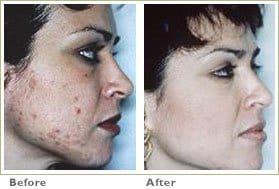
The treatment that is right for you depends on the severity of your acne and how it has responded to previous treatments.
Schedule Acne Treatment With a Dermatologist in San Francisco
To learn more about your treatment options, schedule a consultation with an acne dermatologist near you at the Berman Skin Institute today.
Find Your Nearest Location for Acne Treatments
Book an appointment at any of our below locations in Northern California:
Los Altos (Palo Alto)
Roseville
San Francisco
Pleasanton
Sacramento
Placerville
Walnut Creek
SF Bay Area – Fremont
Yuba City
Tracy
Sacramento – Cameron Park







